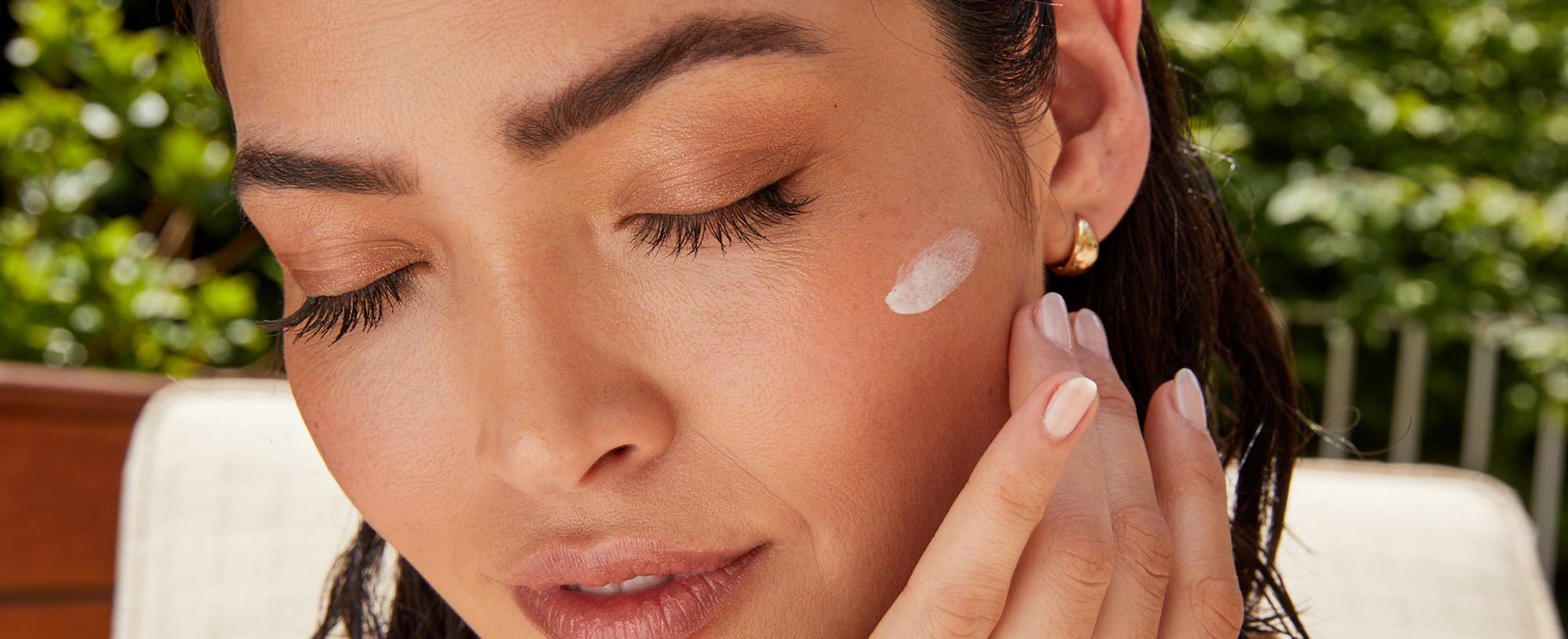
Understanding the Unique Needs of Oily Skin
Oily skin brings its own set of daily skincare challenges. From unwanted shine to enlarged pores and frequent breakouts, individuals with oily skin often have to be more selective when it comes to choosing skincare products—especially sun protection. Many conventional sunscreens feel greasy, clog pores, or leave a white cast, making them unsuitable for oily skin types. In 2025, the skincare market has become increasingly aware of this, offering advanced formulations tailored for oily and acne-prone skin. Choosing the right product can make a dramatic difference—not only in controlling oil but also in preventing long-term sun damage.
When searching for a daily sunscreen, selecting a sunblock for oily skin becomes essential for achieving both protection and a matte finish without triggering breakouts or discomfort.
Why Oily Skin Still Needs Daily Sun Protection
A common myth is that oily skin doesn’t require sun protection as urgently as dry or sensitive skin. This couldn't be further from the truth. In fact, the excess sebum production does not offer any form of natural UV protection. Unprotected exposure to the sun leads to photoaging, hyperpigmentation, dark spots, and even more oil production due to skin dehydration. UV rays can damage collagen and elastin in the skin, which accelerates aging—something oily-skinned individuals often underestimate.
Incorporating a high-quality sunblock into your daily skincare regimen isn’t just about avoiding sunburns. It’s about maintaining skin health, reducing oil imbalance, and preventing pigmentation over time. Especially in climates like Pakistan’s, where sun exposure is intense almost year-round, daily sunblock use is crucial.
Key Ingredients That Work Best for Oily Skin
Modern sunblocks in 2025 are not one-size-fits-all. For oily skin, certain ingredients should be prioritized while others should be avoided. Look for these features:
-
Oil-Free or Non-Comedogenic Formulas: These do not clog pores or worsen acne.
-
Matte or Gel-Based Textures: Lightweight formulas prevent greasy residue and reduce shine.
-
Zinc Oxide or Titanium Dioxide (Physical Sunscreens): These offer broad-spectrum protection and are gentler on breakout-prone skin.
-
Niacinamide: Helps reduce sebum production and inflammation.
-
Silica or Micro-fine Powders: Absorb excess oil throughout the day.
-
SPF 30 or Higher: For daily use, especially in high UV environments.
Avoid alcohol-heavy formulas or fragranced options, as they can irritate the skin and worsen oiliness or acne.
How to Apply Sunblock the Right Way for Oily Skin
Applying sunscreen properly ensures maximum protection and shine control. Here are some dermatologist-approved tips for oily skin types:
-
Apply After Moisturizer: Always follow your cleanser and moisturizer with sunblock as the final step of your morning routine.
-
Use the Two-Finger Rule: Apply two finger-lengths of product to your face and neck to ensure full coverage.
-
Pat Instead of Rubbing: Gently pat the sunblock into your skin to avoid stimulating oil production.
-
Reapply Every 2–3 Hours: Especially when outdoors, reapplication is crucial. Carry a compact powder sunblock or sunscreen mist for easy touch-ups.
-
Don’t Skip on Cloudy Days: UV rays penetrate clouds and glass, meaning sunblock is a must even when it’s overcast or when you're indoors near windows.
By integrating these habits, oily-skinned individuals can enjoy long-lasting protection without the dreaded greasy appearance.
Top Features to Look for in 2025's Best Sunblocks
The sun protection market has exploded with innovative options tailored for specific skin needs. Here’s what to look for in sunblock products for oily skin in 2025:
-
Multi-Tasking Formulas: Many sunblocks now include anti-acne agents, antioxidants, and mattifying powders, making them hybrid skincare products.
-
SPF with Blue Light Protection: In an age of constant screen exposure, many sunblocks protect not just against UV rays but also from blue light damage caused by digital devices.
-
Tinted Options: These serve a dual purpose of sun protection and evening out skin tone—ideal for those who want light coverage.
-
Water and Sweat Resistant: Especially beneficial for hot, humid environments or active lifestyles.
-
Minimal White Cast: New nano-formulations ensure that even physical sunblocks now blend into deeper skin tones without residue.
Consumers are now more aware and demanding than ever. With choices that cater to performance, finish, and even makeup compatibility, there’s no excuse to skip sunblock.
Final Thoughts: Long-Term Benefits of the Right Sunblock
Choosing the right sunblock for oily skin doesn’t just impact how your skin looks today—it plays a major role in how your skin will look years from now. Consistent use of the right sun protection helps prevent premature aging, reduces the occurrence of acne scars, and controls long-term oil imbalance.
As trends in skincare continue to evolve, sunblock remains the single most effective product for preserving skin health. It’s not just a summer necessity—it's a year-round commitment. For those with oily skin, the options available in 2025 make it easier than ever to stay protected, matte, and confident.
Comments on “Sunblock for Oily Skin: The Ultimate 2025 Guide to Shine-Free and Protected Skin All Day”